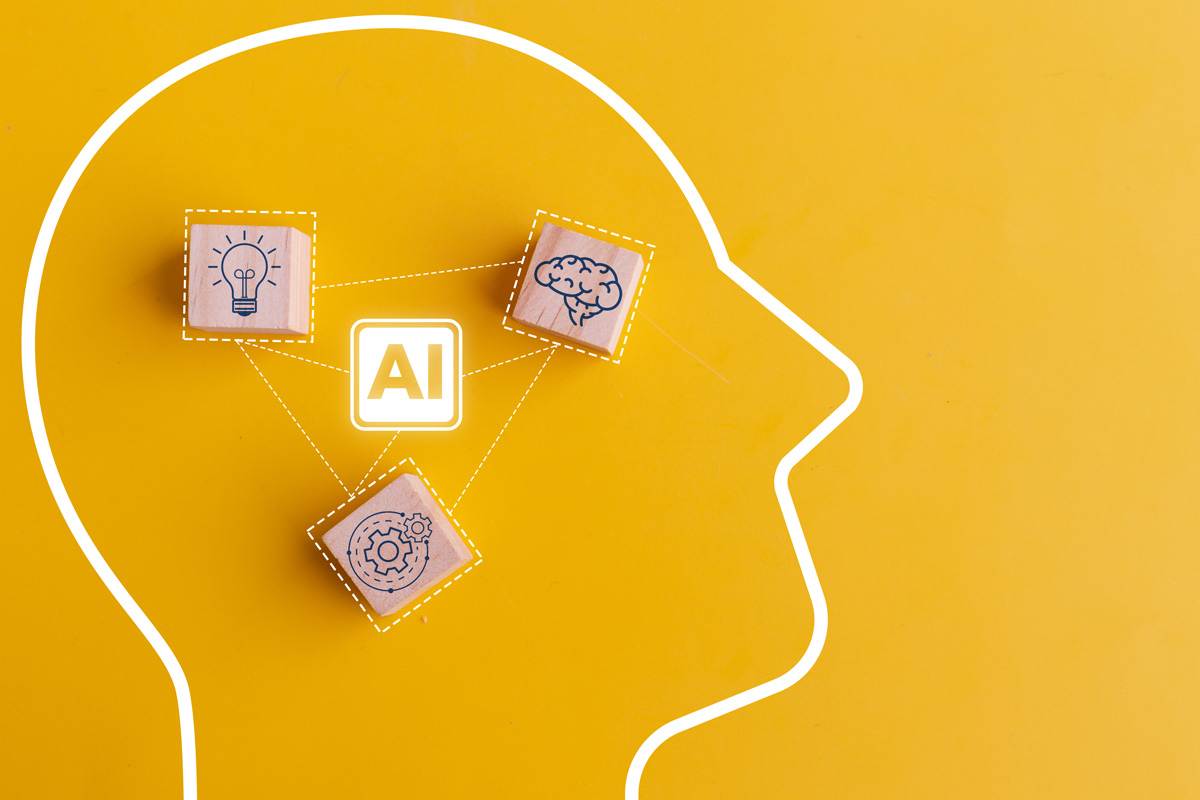AI, the Creative Collaborator: Transforming Imagination into Reality
The fear of AI replacing human creativity often overshadows its immense potential as a powerful collaborator. In the dynamic landscape of artistic expression, AI is rapidly evolving from a science fiction trope into a tangible tool, empowering professionals in graphic design, web development, and marketing to push the boundaries of their imagination.
From Inspiration to Execution: AI’s Impact on Creative Workflows
Graphic Design: Imagine generating unique color palettes, typography suggestions, or even initial logo concepts based on keywords or design styles. AI tools like Adobe Stock, Midjourney, and DALL-E 2 are doing just that, streamlining the early stages of the design process and sparking new ideas.
Web Design: Design mockups, code snippets, and personalized user interfaces tailored to specific user demographics and website goals are within reach. Tools like Supernova, Creatopy, and The Grid leverage AI to automate repetitive tasks and generate adaptive layouts, freeing designers to focus on the strategic and aesthetic aspects of web experiences.
Creative Thinking: Struggling with writer’s block or stuck in a brainstorming rut? AI writing assistants like Jasper and Copy.ai can suggest alternative perspectives, generate headlines, and craft compelling copy ideas to jumpstart your creative flow. Similarly, tools like Brainstormly and MindMeister utilize AI algorithms to visualize connections between ideas, fostering more collaborative and innovative brainstorming sessions.
Campaign Concepts: Developing impactful marketing campaigns often requires understanding vast amounts of audience data and trends. AI tools like IBM Watson Advertising and Socialbakers analyze social media conversations, customer behavior, and competitor campaigns to provide strategic insights and recommend personalized content for targeted audiences. This empowers marketers to create data-driven, highly effective campaigns.
Beyond Hype: Practical Applications and Trending Tools
The integration of AI is not a distant future dream; it’s happening right now. Here are some real-world examples:
- Nike uses AI to generate personalized shoe designs based on customer preferences.
- Netflix leverages AI to recommend specific shows and movies to each user, boosting engagement.
- The Washington Post employs AI to create personalized news feeds for individual readers.
These examples showcase the diverse applications of AI across various creative fields.
Trending Tools to Explore:
- Adobe Creative Cloud: Integrates AI features in Photoshop, Illustrator, and other tools.
- Figma: Offers AI-powered layout suggestions and prototyping features.
- Unsplash: Curates AI-generated royalty-free images.
- ai: Assists with content creation and copywriting.
- Muse AI: Generates music based on mood and style.
AI as a Partner, Not a Replacement:
It’s crucial to remember that AI is not designed to replace human creativity. Instead, it serves as a powerful collaborator, automating tedious tasks, suggesting new ideas, and providing data-driven insights. This frees up creative professionals to focus on higher-level thinking, strategy, and the uniquely human aspects of design and communication.
Embracing the Future: Fearlessly Leveraging AI’s Potential
While concerns about AI replacing human jobs are valid, the focus should be on collaboration and adaptation. By embracing AI as a tool to enhance their skills and workflows, creative professionals can unlock new possibilities, improve efficiency, and ultimately deliver even more impactful and innovative work. The future of creativity is not a competition between humans and machines; it’s a journey of collaborative exploration, where AI augments human ingenuity, pushing the boundaries of what’s possible.
